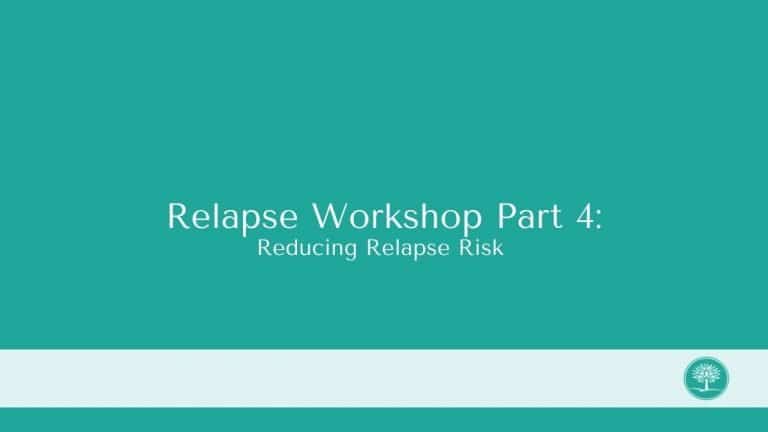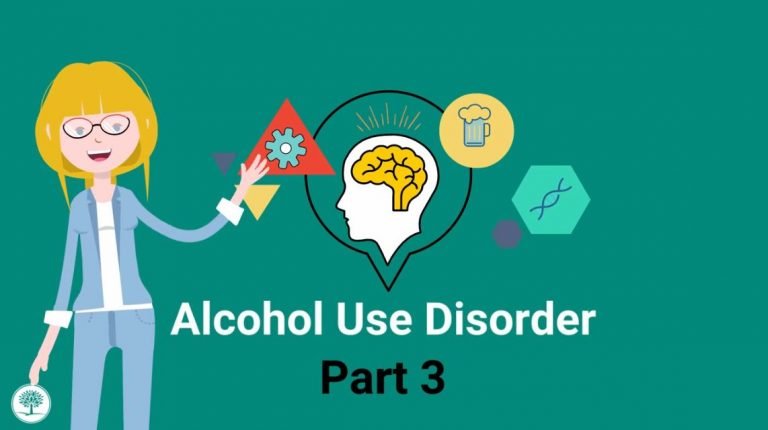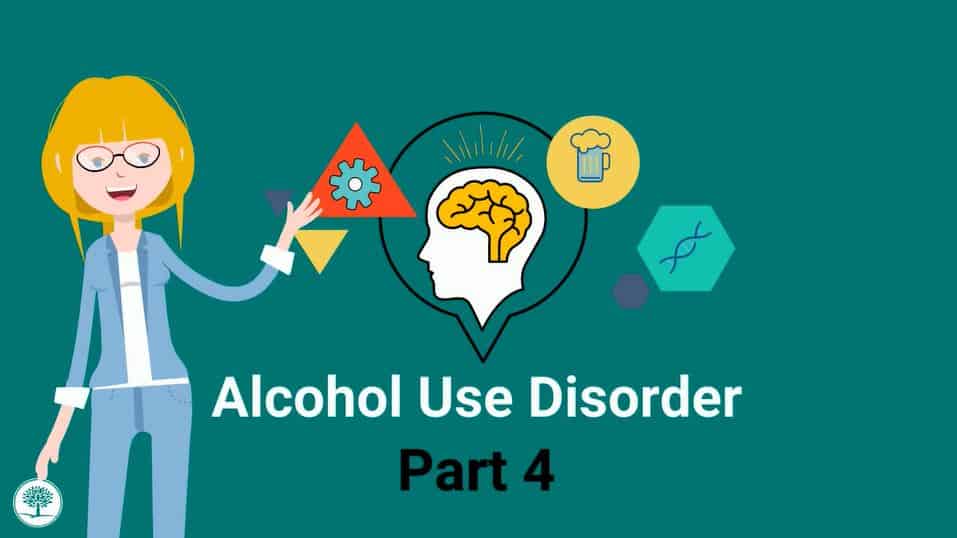How Binge Drinking Affects You and Others
In this lesson, we’ll review binge drinking and how it affects both ourselves and society.
Let’s talk about what constitutes binge drinking. The National Institute for Alcohol Abuse and Alcoholism defines binge drinking as a pattern of drinking that brings blood alcohol concentration to 0.08 grams per deciliter. This typically occurs after four drinks for women and five drinks for men in about two hours.
The Substance Abuse and Mental Health Services Administration defines binge drinking as five or more alcoholic drinks for males or four or more alcoholic drinks for females on the same occasion, i.e. at the same time or within a couple of hours of each other on at least one day in the past month. In other words, you might not drink very often, but when you drink, it’s more than a couple.
So if you had to decide whether you’ve had four to five drinks in a two hour period, it would be important for you to actually know what counts as a drink before you’ve decided how much you’ve had. Here are some comparable amounts of alcohol in different kinds of drinks. Your 12 ounce can of beer contains the same amount of alcohol as in a 1.5 ounce shot of 80 proof distilled spirit. A typical wine bottle would contain about five drinks.
So where is binge drinking more common in the population? Binge drinking tends to happen most often between the ages of 18 and 34. However, both high school students and those in the age group of 35 to 44 also are fairly high in their engagement in binge drinking as well.
Binge drinking is twice as common among men than among women. The CDC reports that four in five total binge drinks are consumed by men. Binge drinking is more common in households with higher income and higher education, but the amount consumed in binge drinking is greater among those of lower income or education levels.
17 billion total binge drinks are consumed by adults annually. That’s 467 binge drinks per binge drinker. These numbers are significant. It may seem harmless. Most people who binge drink are not alcohol dependent. Additionally, the culture in the United States at this time often normalizes these patterns of use. You have college culture. You have the glamorization of alcohol in media. You have the association of drinking with having a good time.
One in six Americans engage in binge drinking about four times a month. Going out for the weekend, anyone?
As normalized as binge drinking may be in the United States, it still comes at great cost. People who engage in binge drinking;
- Are at an increased risk for physical harm and negative effects
- May incur unintentional injuries
- May participate in or be a victim of violent behavior
- May incur sexual health risks, including compromised pregnancies and STDs
- May have children that have developed fetal alcohol syndrome
- May develop an alcohol use disorder
- May incur chronic and serious health problems
Binge drinking does not just come with physical health costs. As stated in a previous lesson, drinking too much, including binge drinking, has cost the United States $249 billion dollars in 2010. And that’s about $2.05 per drink. These costs are resulted from losses in workplace productivity, health care expenditures, criminal justice costs and other expenses. Binge drinking was responsible for 77% of these costs. So that’s about $191 billion dollars.
Now that we know what is defined as binge drinking, let’s look at what that means for us.
Let’s be mindful of the amount that you drink. Be mindful of the time span over which you drink. And remember that if you’re biologically female, your body is at greater risk for the negative effects of drinking. It’s been recommended that women not drink more than one drink over the span of 24 hours.
If you’re out drinking, drink water between drinks. Find other activities that are more meaningful and healthy than going out for drinks to bond with your friends. Additionally, affect cultural change by setting an alternative example to de-stress. Drinking is not the only option to have a good time.
In our final lesson we will discuss treatment options that are available to you if you feel that you may have an alcohol use disorder.
Thank you for choosing The Recovery Village. If you or a loved one are struggling with mental health or substance abuse and would like to find out more about the programs we offer, please reach out to us directly at 855-387-3291.









